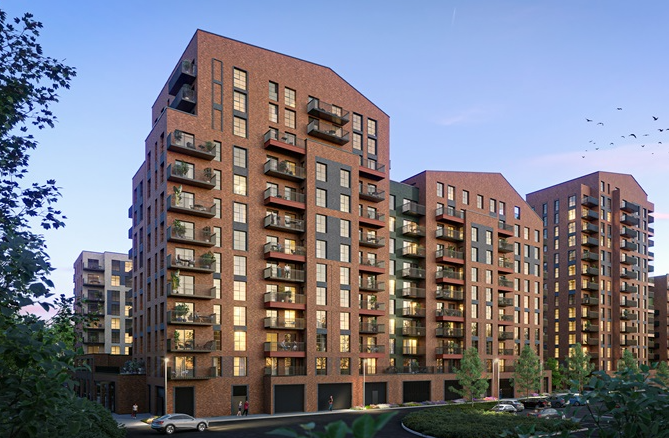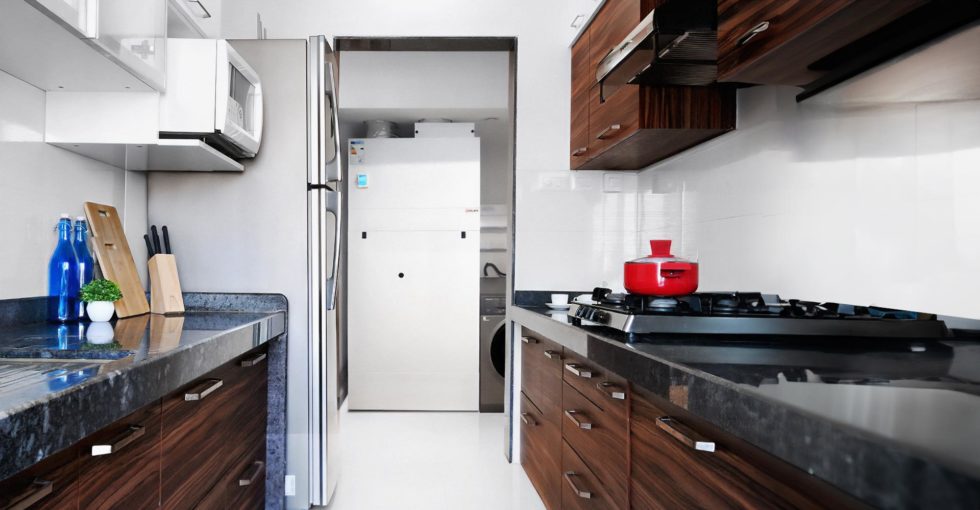
The UK government is advancing its commitment to improving energy efficiency and reducing carbon emissions through the Future Homes and Buildings Standards, expected to be implemented by 2025.
The initiative sets stringent energy performance requirements for new homes and non-domestic buildings, aiming to cut carbon emissions by 75-80%. Key aspects include enhancements to Part L (Conservation of Fuel and Power), Part F (Ventilation), and Part O (Overheating) of the Building Regulations.
The main objectives of the Future Homes Standard are to:
- Make significant carbon savings that contribute to the UK’s Net Zero by 2050 goal
- Create high-quality homes that remain affordable
- Achieve “zero carbon ready” status
- Ensure cost-effective and achievable approaches to low carbon heating systems
For building developers, the new standards imply a major shift in construction practices. Developers must now integrate advanced design techniques and materials to meet energy performance criteria. These include high-efficiency heating systems, superior insulation, and low-carbon technologies like heat pumps and solar panels. The transition will involve higher initial investments and a need for comprehensive training for the workforce to master new construction methods.
Amidst these evolving standards, Nilan emerges as a pivotal partner for developers. Specialising in energy-efficient ventilation and heating solutions, we offer products that align with the new regulations. Our innovative systems, designed to reduce energy consumption and enhance indoor air quality, help developers meet compliance while ensuring occupant comfort. By partnering with us, developers can navigate the complexities of the Future Homes Standard, delivering high-performance, eco-friendly buildings that set a new benchmark for sustainable living in the UK.
For more information on how Nilan products can be used in your projects, contact: sales@nilan.uk.com
